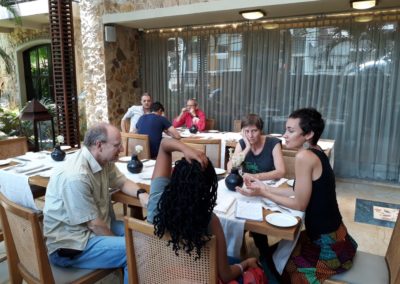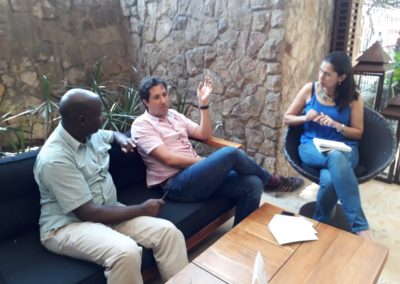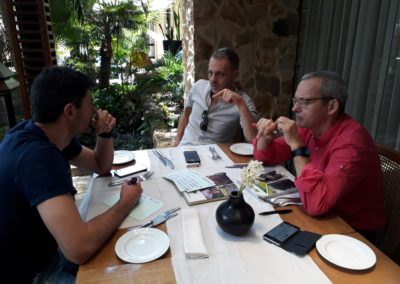Quo Vadis: A new narrative for the Tropical Forages Program
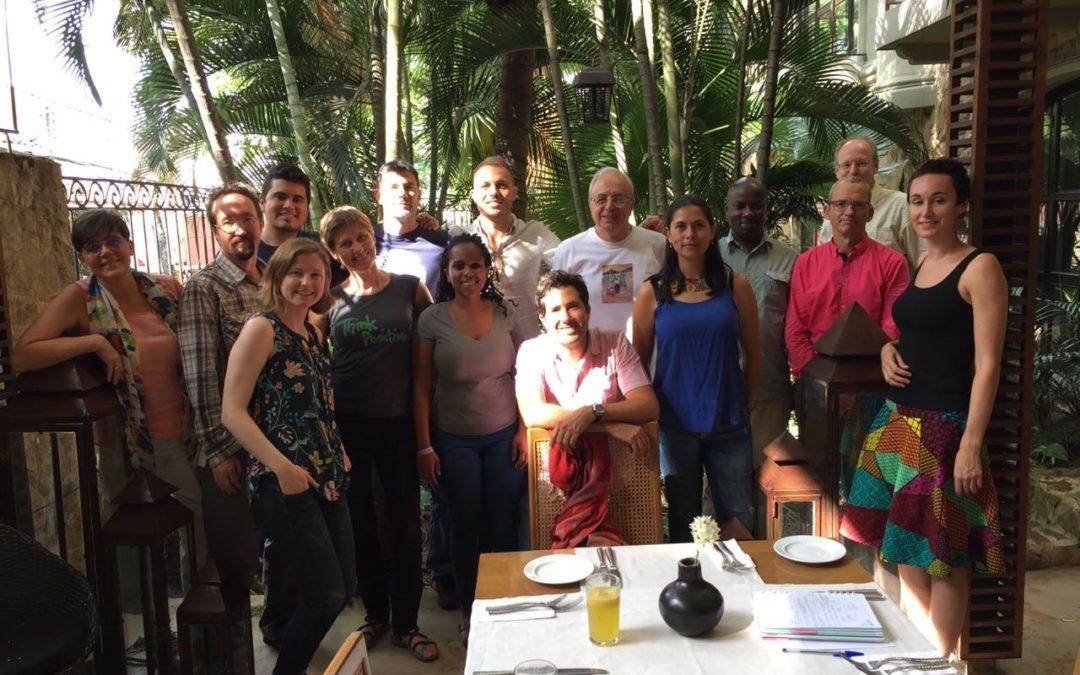
At its inception, CIAT recognized that exploiting the huge potential of the tropical lowlands would require a strong focus on beef production as one of the most important commodity produced in the region, with a strong market potential, and to address perceived protein deficiencies in diets. These were the foundations of the Beef Production Systems Program, today known as Tropical Forages.
After 45 years of forage research and a sound reputation amongst the scientific community and several stakeholders, the Program Staff participated in a retreat convened by the Agrobiodiversity Research Area to they can ask themselves Quo Vadis? – or, Where are you going? – to get a good understanding of who we are, what we are doing and what we are going to do as a team in the internal and external environment.
The retreat was held just after the Annual Program Review, and it was attended by the forages scientists based in Headquarters, and the lead scientists from the regions: Central America, Africa and Asia. This allowed the team to discuss cross-cutting topics and to think about how to achieve a greater impact in a more and more competitive research for development (R4D) environment.
The session opened with benchmarking the program’s comparative strengths and opportunities, how these could add value to the R4D system, and address our stakeholders’ needs. The broad set of options in germplasm accessions that CIAT has collected and documented along its history is an indubitable source of knowledge. As well as the multi-disciplinarily skills and capacity of the Program Staff, complemented with the global and regional networks, who work in breeding, physiology, germplasm, crop-livestock systems, socioeconomics, environmental biology, animal nutrition and plant health. The LivestockPlus concept, one of the strategic initiatives led by CIAT, is a guiding framework for the sustainable intensification of forage-based systems, and thus, for creating/strengthening partnerships and funding opportunities to achieve genetic, ecological and socioeconomic benefits.
From left to right: Michael Peters, Jessica Mukiri, An Notenbaert and Sabine Doxchamps. Photo: J Waldock (CIAT)
Taking into account historic and present strengths, the team began to shape the future of the forages program using the ‘Start with WHY’ approach. This approach invited the team to think backwards from what long-term impact they wish to achieve, or the WHY, next defining HOW the Program plans to achieve that vision and lastly WHAT does it take to make it possible. The outcome of this exercise was very inspiring: “We believe that sustainable intensification of crop-livestock-tree systems can lower the environmental footprint and improve livelihoods. Tropical forages are central part of the sustainable food future”. This statement helped the team to establish the essential components of a program impact pathway for forages based in four strong research topics: Breeding and Selection, Systems, Policy, and Markets and Value Chains.
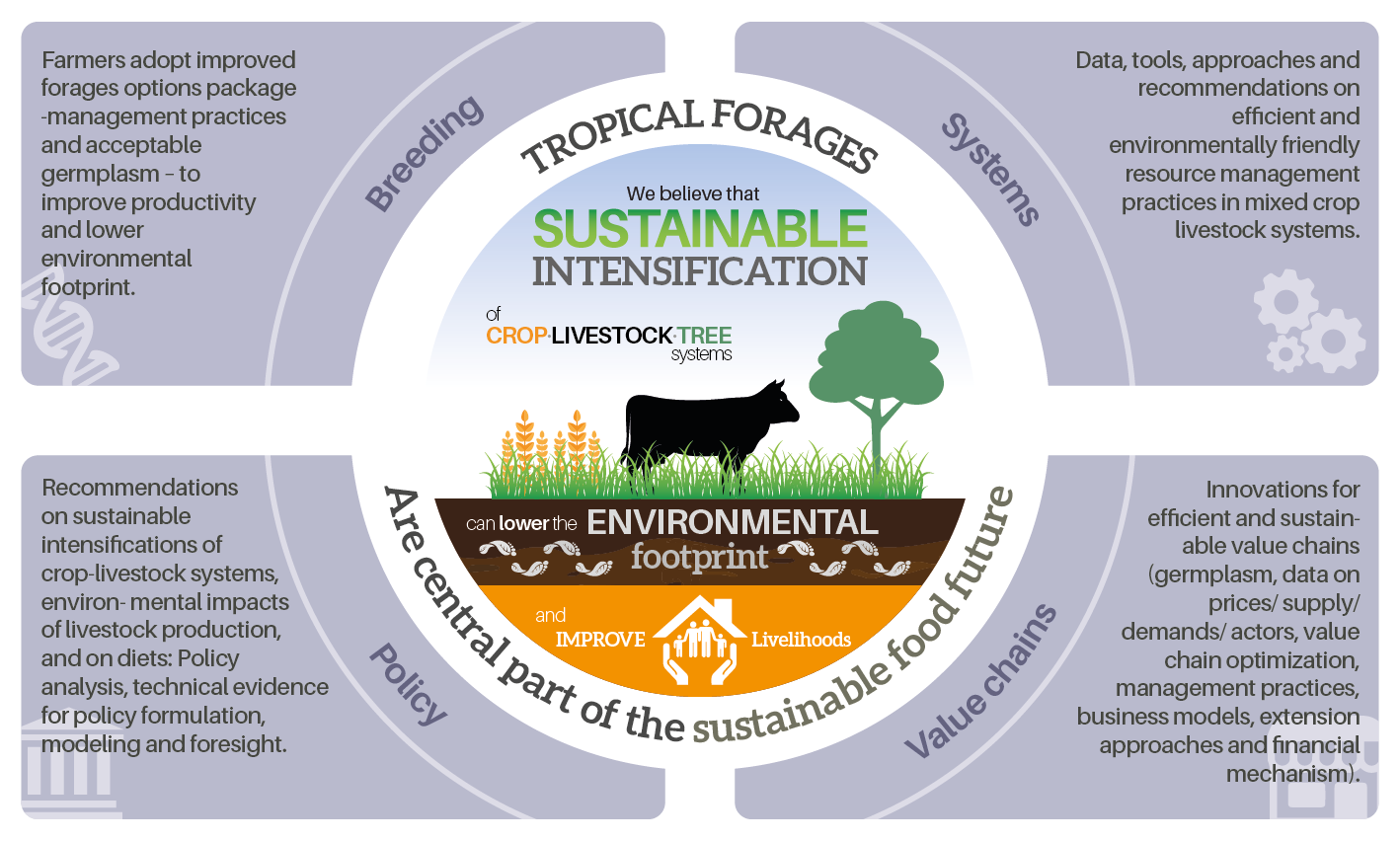
This exercise was followed by the proposal of outcomes, outcome milestones and outputs for each research topic. Cross-cutting components and capacities needed to implement this framework and further initiatives were addressed as well, with a brainstorm of new ideas and fundraising opportunities to develop in the short and mid-term.
The results of the retreat were very promising, and the whole team was very committed to make all this ideas happen, with a strong confidence in that animal source food is key for increase prosperity, improve human nutrition and protect the environment, in line with the new mission statement of the Center.
With inputs from Janelee Waldock, Monitoring and Evaluation Officer at CIAT.

